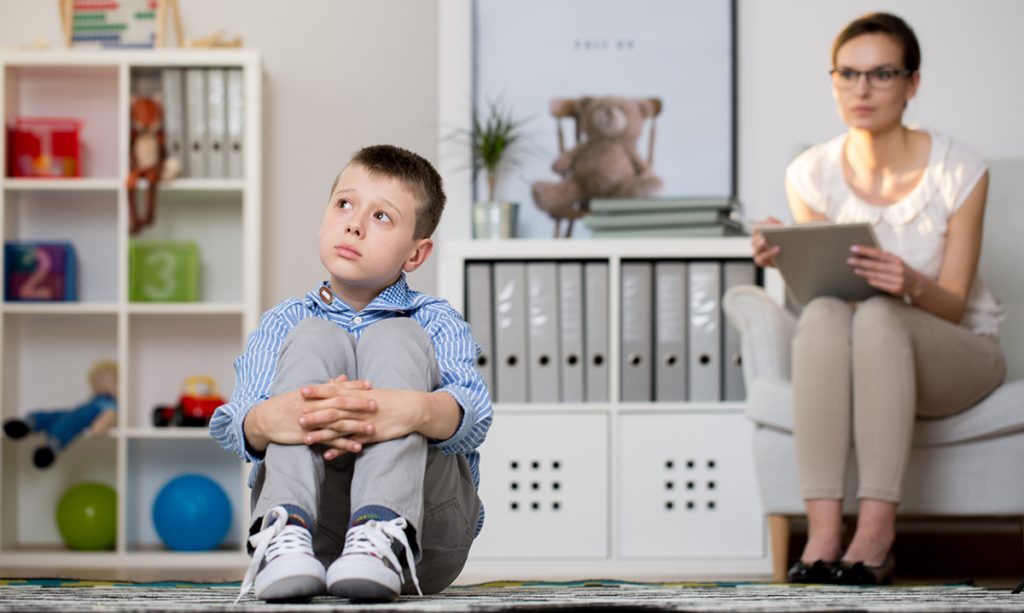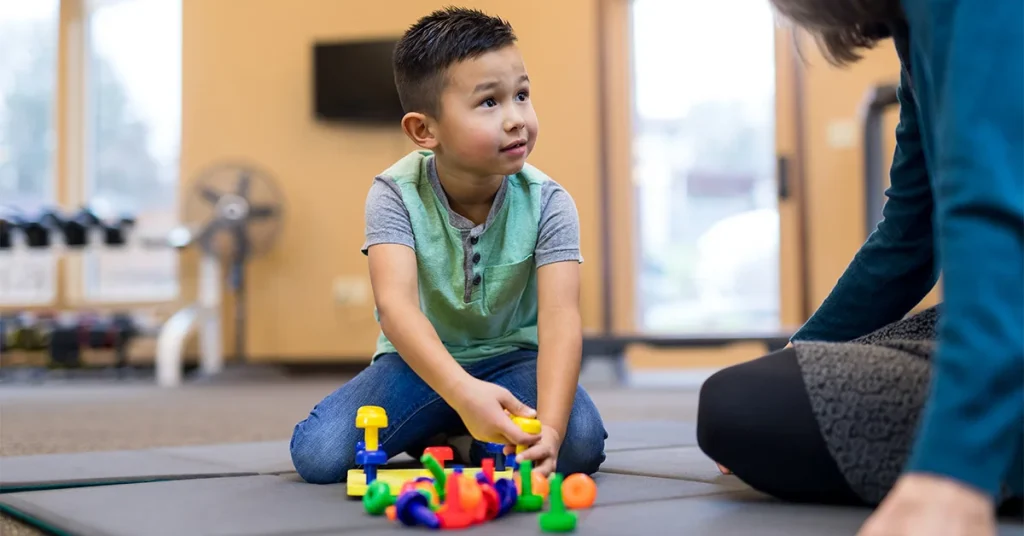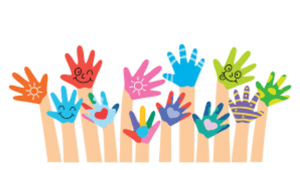Do you know almost 10-20 percent of children and teenagers suffer from mental health illnesses, and most of them couldn’t seek any care?
Child therapy has been a much-underrated concept even though discussions around mental health have gained vigor.
This can be known from the fact that mental disorders among children are overlooked by other adults and caretakers as temper tantrums or something of the like. In places where the number of mental health professionals is a bare minimum, the options for child therapy are far lesser than for adult patients.
What is Child Therapy?
Child therapy, also known as child counseling, is a form of therapy that offers an emotionally safe zone for children who suffer from any mental health disorder or learning disorder. It generates a positive orientation in the child. Therapists do this via the use of psychological assessments to identify the problem and slowly eradicate it.

Child therapy is quite similar to therapy for adults. Therapy supplies the required emotional support for the child. Moreover, the therapist focuses solely on resolving any conflict that may exist and helps the child in getting back on track and sense of his/her feelings.
Why Child Therapy?
Since many children are vulnerable to mental disorders, child therapy has become a necessity in this world run by the mandates of social media. While social media gives necessary exposure to children, it also encourages unhealthy habits and disorders like bulimia or compulsive eating and depression in young kids. Read this document by the OECD which dwells more on this sensitive matter.
As a parent, it might be hard to know when a child’s behavior is simply a part of growing up or a sign of impending mental health scare. Therefore, it becomes crucial to know what may cause a child to go to therapy.

The most common disorders in children are ADHD (Attention Deficit Disorder), anxiety, and behavioral disorders. However, the reasons for erratic behavioral patterns could be a combination of factors, some of which include –
Heredity
Many times, a disorder could run in the family and maybe pass from the parent to the child through the genes. For example, ADHD is linked to inherited genetic variation. Research suggests that like physical ailments, mental health disorders can also run in families. While child therapy may be a better way to diagnose such illnesses in children, the main solution here lies with the adults. In other words, adults should not shy away from seeking help to emerge out of a mental health disorder.
Psychological Trauma
Sometimes, trauma such as abuse or loss of an essential being at an early age could also be a cause. Therefore, adults should take care to never display aggressive behavior in front of kids and treat them with empathy. The young mind is not able to make sense of constant turmoil in life. Therefore, adults should deal with such issues sensitively and with a calm head. Read about how to create an emotionally safe zone for children.
Environmental Stressors
Stressful events like a significant change in the child’s routine can trigger a disorder, especially if the child is already genetically vulnerable. Avoid introducing rapid changes, coerced routines, and a tough task list for children.

It is not wise to overlook such behavioral changes and triggers. You can observe your child and make a point to note the changes down. These behaviors could be:
- When the behavior is more intense than usual
- When the behavior is not common in the child’s peer group, parents and guardians should observe their behavior closely. Do not ignore it as mere tantrums.
- See if the child has stopped interacting with his/her friends. Or if the sudden change in his/her behavior resulted in a gross misunderstanding with their batch mates.
- Unfounded erratic behaviour should not be disregarded. Instead of being irritated at the child, it is a better option to identify the cause of such patterns. If the behaviour persists and the pattern prolongs, it’s time to bring a child therapist into the picture.

However, it’s important to note that children are prone to engaging in behaviors that one would consider problematic. This is common when the child is stressed, tired, or maybe even sick. However, if the child is frequently engaging in uncalled behavior, it is time to see a child therapist.
Components of Child Therapy
Therapists use a lot of techniques in child therapy to cater to the specific disorder children are dealing with. Such techniques include –
Talking
Professionals believe that talking is a healthy way to express feelings. The root of psychoanalysis lies in talking to uncover patterns in one’s behavior and psyche. When someone listens and knows how they feel, children become comfortable and open up about their true feelings.

Activities
Different psychological assessment tools (cards and worksheets) are explicitly designed for specific age groups. These tools are seen as a fun activity by the children while the therapist can uncover the problems that may lie in the child’s unconscious mind.

Learning
In therapy, children are exposed to social settings where they learn to exercise patience by waiting for their turn in a game or following directions given by an adult. Therapy also allows children to listen, share, and deal with their feelings while being supported by the therapist and peers.

What Can Parents Do?
These techniques do take time to show results. Therefore a parent needs to be aware that therapy can be a long and exhaustive process. Since it deals with the mental and psychological aspects of a child’s health, child therapy requires a lot of patience.
Thus, parents or caretakers need to do everything possible to ensure that their child is at ease. A few things that one could do are:
- The first and the foremost responsibility includes finding and taking the child to a certified therapist, after which the parents need to ensure that the child is comfortable with the professional.
- The next important step as a parent is to accompany the child to every appointment. The appointments could be weekly or daily, depending on the professional decision. The adults should understand that change is a slow process and it takes time.

- Sometimes a therapist may ask for family sessions or personal sessions to seek more knowledge about the dynamics of the child’s life. It’s important to become a part of those sessions.
- It is also very important to spend time with the child. Negligence often acts as a pathway to develop some form of disorderly behavior, and therefore it is essential to be around the child, even if it’s only for short periods of time.
Important Takeaways
Therapy unveils the dormant issues that lie in children’s minds, and if these problems are not addressed at the very beginning (young age), they may act as a catalyst to even bigger problems in adulthood. Moreover, we are also dealing with a mental health pandemic alongside COVID-19, where it has become more imperative for us to address this delicate subject.
Therefore, Podium encourages its dear readers to realize the importance of ensuring mental well-being for children. We bring to your attention a wide assortment of parenting tips and advice which relate to this subject in totality. Do read up these bite-sized articles and never forget to consult informed medical opinion before taking any decision.
We hope that we can encourage communication between you and your children on topics that should be discussed. As a concerned agent in the sphere of e-learning, we believe that children’s well-being and happiness rank foremost. Therefore, we advocate the cause of child therapy to accurately diagnose mental health disorders and lend support to children and their parents to consider it.
Share with your friends






